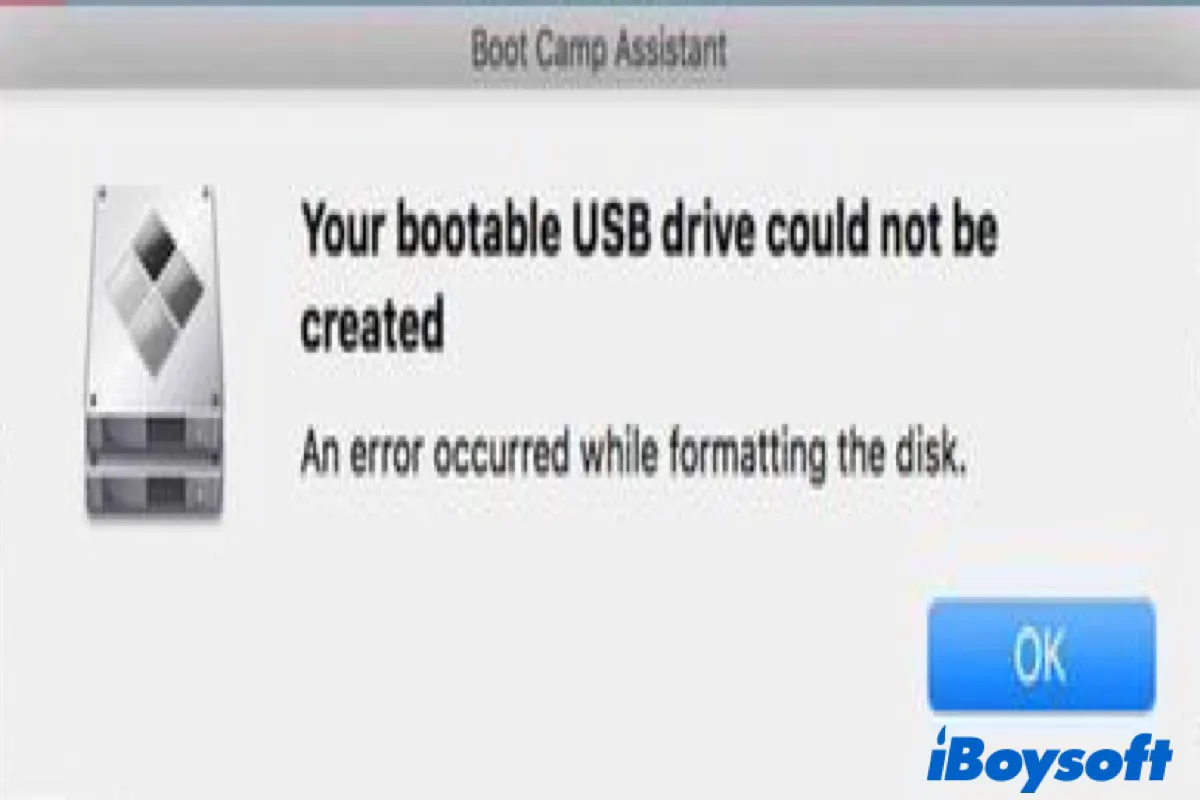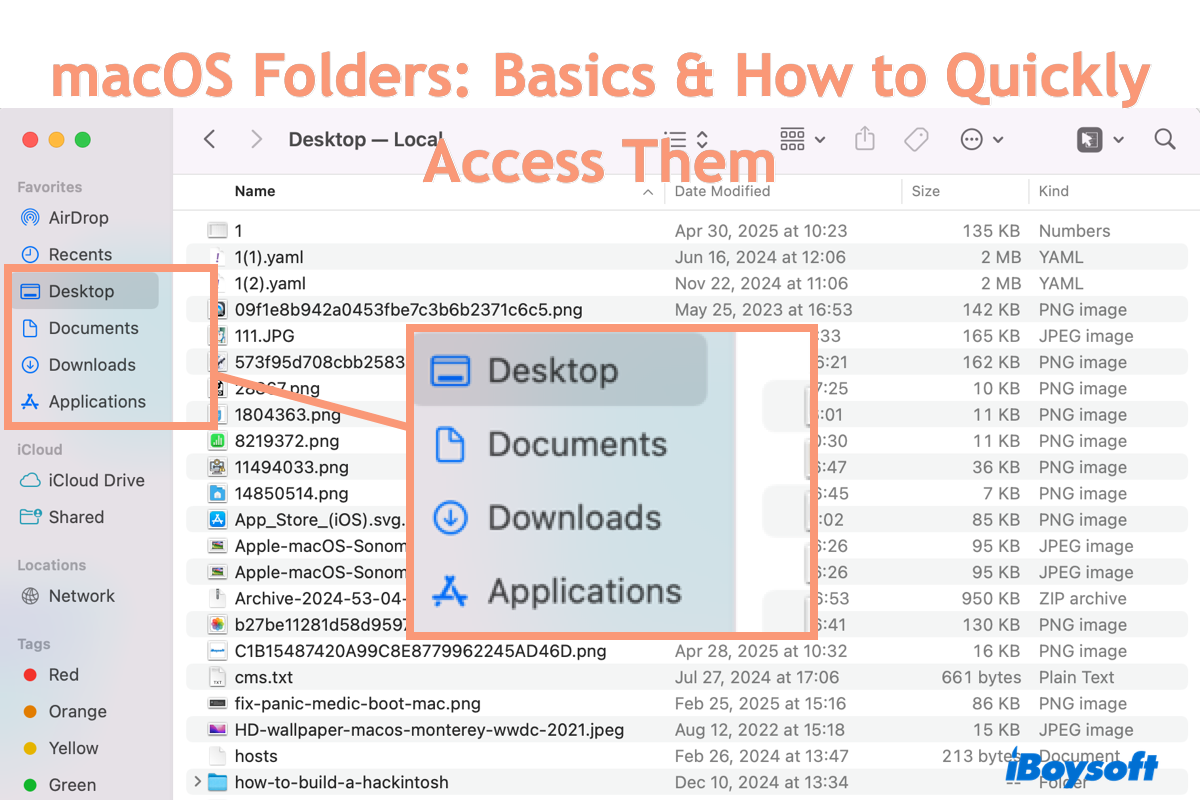When you purchase a brand-new USB drive, there might be some testing data and third-party utilities installed by the manufacturer on it. That's why it shows certain space has been used even if you haven't uploaded anything on it. Oftentimes, it's advised to format a new drive before putting it to use.
How to format a USB flash drive on Mac:
Since you don't even start to upload anything to the drive, there's no need to worry about data loss when formatting the USB drive. The only thing you need to consider is which file system works the best in your case.
If you plan to use the flash drive on Mac only:
Apple offers two native file systems that you can choose from, APFS and Mac OS Extended (HFS+). While APFS comes with macOS 10.13 and later, HFS + is supported in older versions starting from Mac OS 8.1. Another difference is that APFS works better on SSDs and flash storages while HFS+ shows better performance on HDDs.
If you plan to use the flash drive on both Mac and Windows:
While some file systems share a limited compatibility on cross-platforms, for example, NTFS drives are read-only on macOS, exFAT and FAT32 are well-known for the rich support in multiple operating systems. You can enjoy full read-write access to exFAT- or FAT32-formatted drives on both Windows and Mac.
Once you've made up your mind which file system to opt for, follow the tutorial below to format a USB drive on Mac.
Step 1. Tightly connect your USB drive to your Mac. Depending on your Mac version, use a USB port adapter if necessary.
Step 2. Scroll down and launch Disk Utility via Finder > Application > Utilities.
Step 3. Select your flash drive from the left list. Then click on Erase on the top menu bar.
Step 4. Fill in the disk name, assign a file system, and keep the scheme as GUID.
Step 5. Click on Erase again to confirm the action. Quit Disk Utility after finishing the process.


